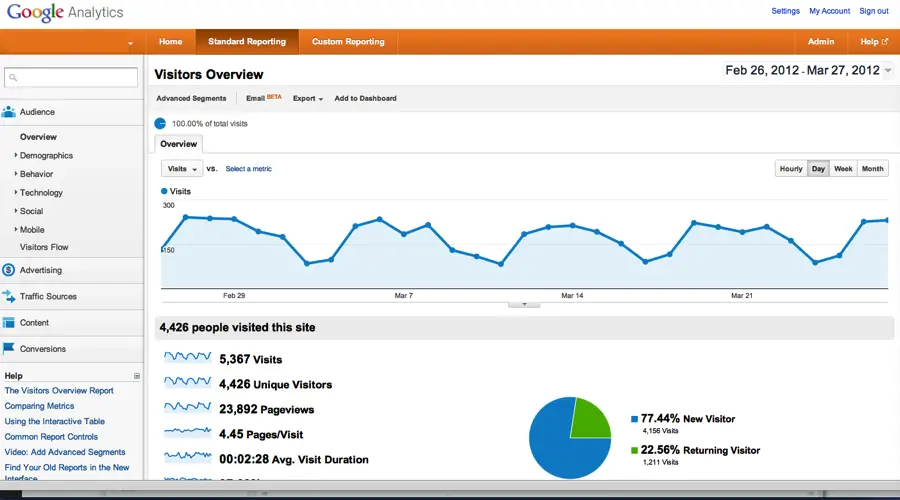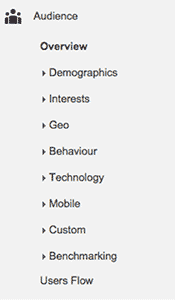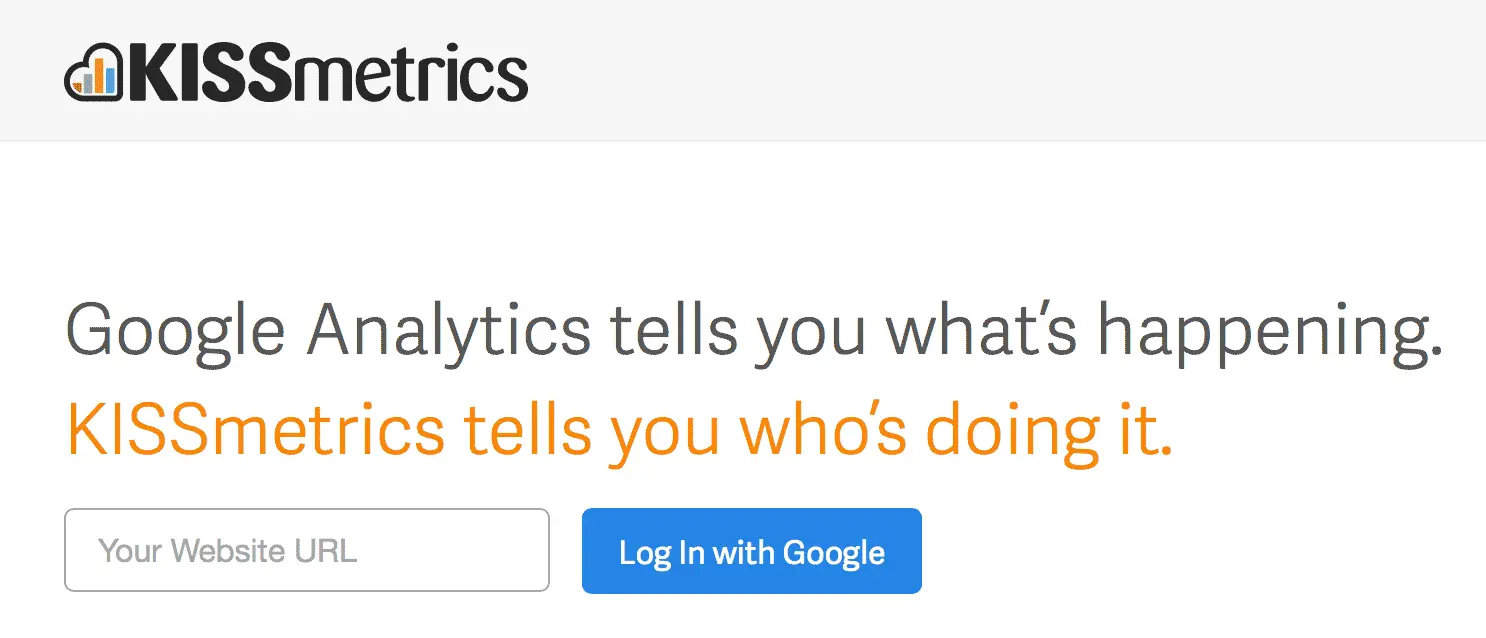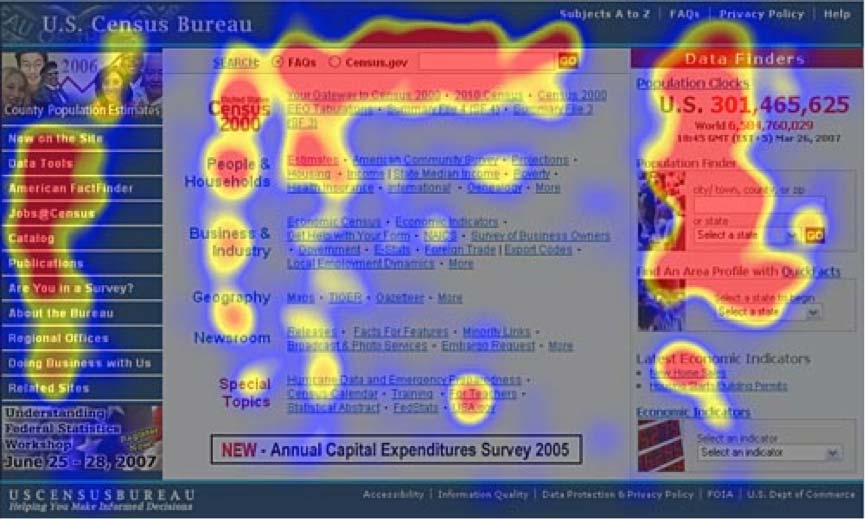As an author, you’re regularly faced with the question of how to boost your sales and reach new readers. You’ve tried everything: pricing tactics, special offers, multi-purchase options, social media adverts, book giveaways – but you don’t know what is actually making readers buy your books. Now what?
Well, why not try getting inside the minds of your readers by understanding how they are interacting with your author website? After all, understanding your readers will help you understand what they need and want from a book. Some questions you might want answered are:
- Which pages do readers find most interesting?
- Do they have any problems with my website?
- How easy is it for them to find my selling page?
- Where are they coming from (Facebook, Goodreads, Twitter)?
- What sort of device are they using (desktop, tablet or mobile)?
The bad news is, I can’t teach you to become a mind reader. The good news is, understanding your readers’ online thought processes doesn’t require psychic power.
Getting to know your readers’ thought processes
The best and easiest way to understand your readers’ thought processes is to monitor their online behavior: which pages on your website do they look at for a long time, what do they click on, which articles do they read?
In book marketing terms, monitoring their behavior is referred to as “tracking analytics”. In a nutshell, tracking analytics is simply the gathering of statistics relating to what your visitors have been up to while they’ve been on your website.
Fortunately, there are a lot of tools that will automatically collect this data for you and simplify it into understandable graphs and charts. These web analytics tools will track:
- how many visitors your site has,
- which links are clicked most often,
- the duration of time people spend on each page,
- which page is most popular, and
- the percentage of visitors purchasing your books or signing up to your email newsletter.
Having clear insight into the behavior and motivations of your visitors will help you communicate with them more effectively.
You can then begin to make improvements to your promotional efforts, based on what these statistics are telling you. For example, if you find that you are getting more website visitors from Facebook than Twitter, you know that you should focus more time on Facebook and possibly consider running some adverts there to grow your following.
The Tool Box
Whenever I discuss online tools or apps, I will always begin by saying the same thing:
What works for one author may not work for another.
That being said, some analytics tools are better than others, so let’s take a look at which ones I would recommend for you.
1. How to track your author website stats for free with Google Analytics

As a company, Google are masters of simplicity. Any tools provided by Google will always be user friendly, simplistic and easy to figure out on your own.
The same goes for Google Analytics, It’s a hugely powerful tool which takes years to master completely. But it’s easy to set up and the basic stats are very accessible. Because of this, it’s a great place to start if you want to monitor the activity on your author website. Google Analytics provides all of the basic tracking analytics features that I have mentioned throughout this article, and presents them in an easy to digest, and understandable manner.
What is even better is the fact that Google Analytics is completely free to use in the way that you as an author will need it.
To get started, visit google.com/analytics (or just google “Analytics”). Once you register your account, you will be given a “tracking code”. All you need to do from there is embed that tracking code into your own website. If you’re unsure how to go about that, all the information you need is here.
Authors using WordPress can install this very useful and free plugin from Yoast.
 Once you have your tracking code embedded into your site, Google will automatically begin monitoring your statistics. You can access your visitors statistics from the side bar to the left of the screen, under the title “audience”.
Once you have your tracking code embedded into your site, Google will automatically begin monitoring your statistics. You can access your visitors statistics from the side bar to the left of the screen, under the title “audience”.
From there you can access a multitude of different insights into your readers’ behavior.
With not too much effort you can set up conversion goals, this could include someone clicking on a link to Amazon or signing up to your email newsletter. Here is more information on how to set up goals.
The great thing is that once these goals are set up you can automatically track your conversion rates and see which of your visitors are converting and which aren’t.
You can then use these useful tools to optimize your conversion rate.
You might for example notice that 30% of your visitors are on mobile devices. In that case you’d better make sure your author website is mobile responsive or you’re going to be losing a lot of new readers and potential book sales.
2. How to track your readers on a personal level with Kissmetrics

This particular tool focuses on getting to understand your customer’s behavior on a more personal level. While including all the features you would expect from a tracking analytics tool, Kissmetrics allows you to analyze your audience at a closer level, down to each individual visitor.
You can see information on where this visitor has come from, what led them to your website and their behaviors on your site. This in-depth analysis goes beyond providing statistics, and allows you to really understand your customer’s decision-making process.
Kissmetrics also provides features that allow you to group particular sets of people. For example; you might want to analyze information about readers who have found your website within the last 30 days, this tool makes it very easy to do so.
Pricing for Kissmetrics starts at $179 per month, which is quite a lot, however there is a free trial available with no obligation, so you can use this to weigh up whether it is worth the cost before parting with any cash.
3. How to track what parts of your author website people are clicking on with Heat Maps.

Heat maps gather information about where visitors have clicked on your page, or in some cases where their mouse has hovered. This information then provides a visual map of your website, showing the hotspots that seem to attract the majority of your visitors.
Heat map tools are probably the easiest and quickest method of getting your head around tracking analytics. With one glance you can differentiate between the most and least effective elements on your page.
One heat map website to look out for, is www.crazyegg.com. Crazy Egg provides numerous types of heat maps, including ways to monitor how far down the page your visitors tend to scroll.
You can get a free trial of Crazy Egg which will allow you to see how your visitors are acting on your website.
Regardless of which analysis tool you decide to use, proactively tracking your visitors and learning from their behaviors will result in you gaining a wider following, and selling more books as a result of this.
How important do you think tracking analytics is for authors? Do you know of any tools that are more effective than the ones listed above? I would love to hear from you in the comments below.






2 thoughts on “Know What Readers Are Actually Doing On Your Author Website”
Tracking is really important, I use GA every day.
Also http://www.BreakthroughLearningCollege.com
For my WordPress Websites I like to use the plugin Who’s Online and Who’s Been Online. You can see a world map with tiny lights for everyone who is currently online. There is also a list of each visitor for the past 30 days (no name or email) with their city or country, page they went to, and how they arrived at the site. I also have a widget showing me and visitors the 10 most popular pages which is useful information.
My latest website choose-learning.com in not yet complete but it for college students to share study tips and enter contests – and also to let them know about the soon to be published book, Straight A’s Are Not Enough.